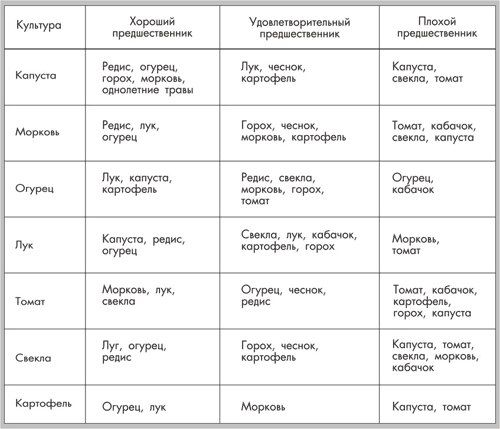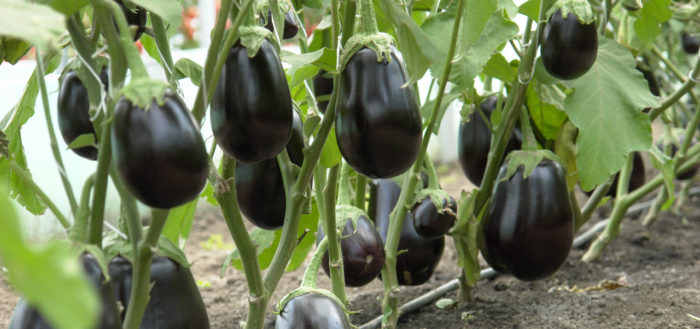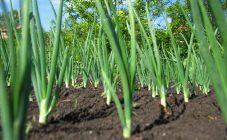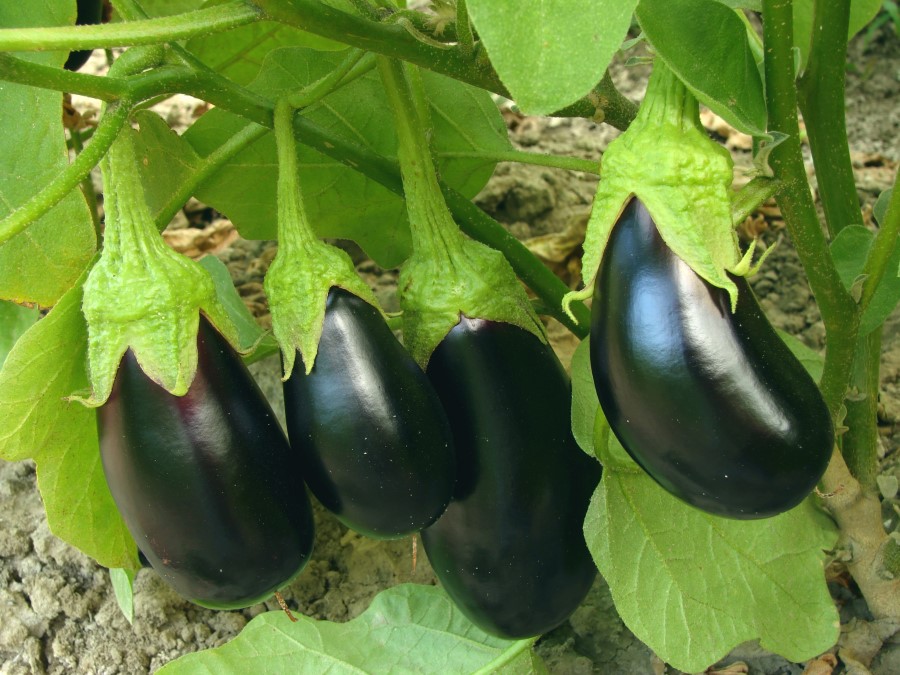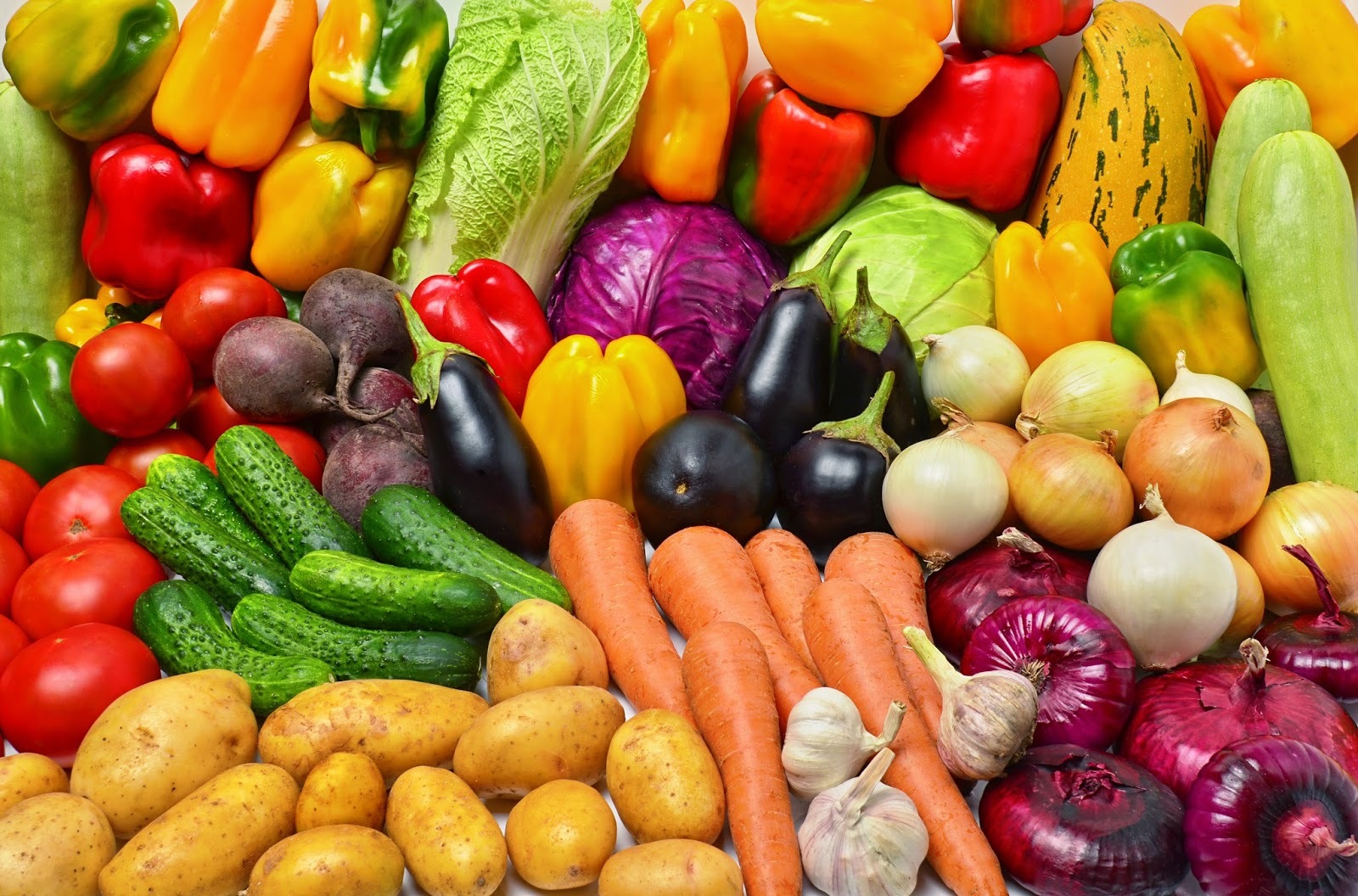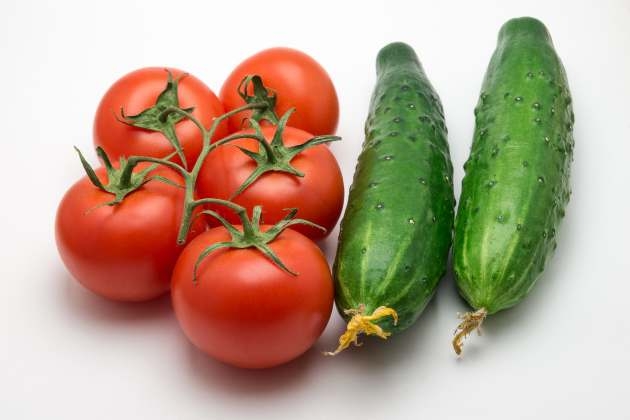Content:
Potatoes are a crop cultivated by most domestic gardeners. In this regard, many may find it interesting to learn about it and what to plant after potatoes on the site.
General information about culture
The potato belongs to the Solanaceae family. It is a perennial plant that is cultivated as an annual. The tubers of the culture are eaten, while its fruits are poisonous due to the high content of solanine in them. Depending on the variety, the shrub can grow up to one meter in height. The stem is usually bare and ribbed. The foliage of the plant is dark green in color, consists of a terminal lobe and several pairs of lateral lobes with intermediate lobes between them. The culture blooms with purple, white or pink flowers, which are collected by a shield at the very top of the stem.
The potato tubers are inherently not fruits, but swollen buds entirely composed of thin-walled, faceted cells. Their outer part (peel) is a thin-walled cork tissue. Ripening of potato tubers occurs in August or September, depending on whether the particular variety taken is related to early, mid or late ripening.
Potatoes are propagated vegetatively - by means of tubers, parts of a tuber or seeds. The latter are used exclusively for selective purposes. Planting tubers in open ground is carried out to a depth of 5-10 centimeters.
Potatoes grow best in gray forest, soddy-podzolic soils, as well as in chernozem and drained peatlands. An obligatory requirement for the soil is that it must be loose. If the soil is dense, tubers will form small and misshapen.
The optimal fertilizers for potatoes, allowing to grow an extensive crop, are bone meal, lime, rotted manure.
During flowering and tuberization, it is especially important to water the potatoes abundantly. However, one should not forget that excess moisture causes irreparable harm to the culture. If water stagnates in the soil, the plant can rot and even die.
What can be planted after potatoes
Most gardeners have heard about effective crop rotation and are quite logically interested in what can be planted on the site after potatoes next year. Potatoes in the same area should not grow longer than 4 years. This is provided that the soil is regularly fed with organic and mineral fertilizers, which compensate for all those nutrients that the crop consumes from the ground. It is equally important to process the soil from harmful insects and dig up.
Despite all the efforts made to enrich the composition of the soil, the moment will come when the question of what to plant after potatoes for the next year will come to the fore.
According to the existing rules of alternation, all cultures are divided into 4 main groups:
- Root crops (onions, potatoes, carrots, beets), which give an extensive harvest, provided there is a sufficient content of potassium and phosphorus in the soil;
- Leafy (spinach, lettuce, cabbage), which require nitrogen in the soil;
- Fruit (cucumbers, zucchini, eggplants, pumpkins), which are characterized by exacting requirements for the content of phosphorus in the earth;
- Legumes (peas, beans), which themselves saturate the soil with nitrogen and are most suitable for crop rotation.
Planting of certain crops is carried out in accordance with their needs for nutrients. Some gardeners adhere to the point of view that in the process of crop rotation it is allowed to sow tops and roots alternately. In other words, practically any crops can be planted in place of potatoes, the fruits of which are on the surface: tomatoes, herbs, legumes, etc. But this rule does not work one hundred percent. So, for example, strawberries and tomatoes are not the best followers of the potato culture.
The best option for planting after potatoes, according to most experts, is the so-called green manure. These are plants that, after harvest, can be left in the garden as an organic fertilizer. So after several years of operation, it is recommended to use the potato plot for rye, oats, mustard, rapeseed or peas. Alternatively, similar plants can be planted between rows.
Beets or turnips will grow well on the former potato site. In addition, the garden bed can be used as a planting spot for lettuce, radish, onion, radish or spinach. What kind of vegetable to grow is a decision of the gardener himself. The following simple table can help him make the right choice.
If in the foreseeable future there are plans to return the potatoes to their original place, you need to sow beans, cabbage, onions, pumpkin or cucumbers on the site. They will enrich the soil with essential nutrients.
Everyone knows that certain plants attract specific pests. If the planting of crops does not alternate, it will be almost impossible to get rid of the parasites: despite all the efforts made, their population will grow exponentially.
In addition to crop rotation, insect infestation can be prevented by organizing mixed beds. That is, to plant different crops side by side in open ground. Pests are attracted by the smell of some crops and repel the smell of others. In the case of potatoes, marigolds, nasturtiums, celandine, chicory will become excellent neighbors. They will not only protect potatoes from nematodes, but also improve the soil to a certain extent. In addition to the above, potatoes can be grown in the vicinity of crops such as mint, garlic, spinach, horseradish, and corn.
What can not be planted after potatoes
Having figured out what can be planted after potatoes, it's time to figure out what can not be placed in the same place. Avoid those plants that are prone to the same diseases as potatoes. This is, first of all, about all Solanaceae: tomato, eggplant. Pepper also falls into the risk category, regardless of its variety. The rest of the plants, after the potato, grow normally and produce an acceptable yield.
The very same potatoes are not recommended to be planted in places where eggplants, peppers, tobacco, physalis and tomatoes grow. These are related crops that accumulate in the soil not only spores of late blight, but also macrosporiosis, various types of rot, which will inevitably lead to infection of the culture.
It is worth making a reservation about the neighborhood undesirable for potatoes. Cucumbers, tomatoes, pumpkins, sunflowers will be a bad choice here. The fact is that this kind of neighborhood can significantly contribute to the development of such an unpleasant disease as late blight in potatoes.
Potato planting next to mountain ash, cherry and apple trees will not be the best choice.
At first glance, the situation looks very simple. The lack of nutrients in the soil can be easily replenished by introducing appropriate fertilizers into the ground when spring and autumn come, and pests can be easily dealt with using mixed plantings.As a result, it is completely unnecessary to wonder what can be planted after potatoes. But in practice, things are a little more complicated.
Crop rotation or crop rotation is the best way to solve the problem. Moreover, after five years of active use of the land plot, it should be given a rest, leaving it unseeded for one year (fallow). Only by observing the above rules and recommendations, you can get a good harvest of potato tubers, which will survive without any problems almost until the beginning of the next planting season.

